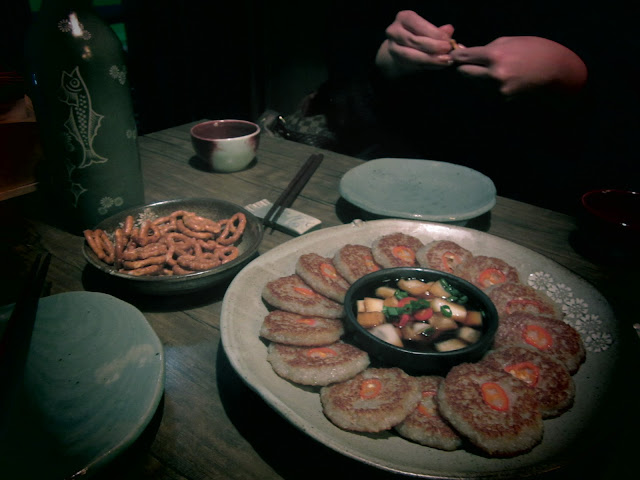I arrived in New Zealand two weeks before I started work so I could do some sight seeing. I chose to couch surf so I could meet some locals and see the real New Zealand...kiwi style. I've done it before and met some truly amazing people and made some life long friends. I love it and it's a great way to travel! One of my first stops was in Kerikeri, which is known for its beautiful inlet and fantastic fishing. I stayed with Richard Seleck, a lovely man who owns a charter fishing boat and was an amazing tour guide. If you're in the area, look him up, he's the best!
Kerikeri's Oyster Bay
Oyster bed
Richard tried to shuck an oyster but neither of us knew how and we got pretty cut up trying so we moved on to the mussels...much easier J
Richard teaching me how to spot and harvest mussels
Harvesting my first mussel...you can't see my face but trust me, I'm all smiles J
Success!
Our freshly harvested, cleaned and cooked mussels. Richard later told me that mussels are extremely cheap in New Zealand [29 cents/kg] and that it would have been easier to just buy them but what fun would that have been?!
Richard cooked us a fabulous dinner...fresh salad from his garden, fresh bread and of course our fresh mussels. Top notch!
Mussels are succulent, salty and a bit sweet and this none traditional blend paired perfectly. Sauvignon Blanc and Pinot Gris are typically blended together in lower quality wines but the two varietals create a beautifully aromatic wine with body while still retaining acidity and freshness. A great food wine and lovely pairing with mussels.





















